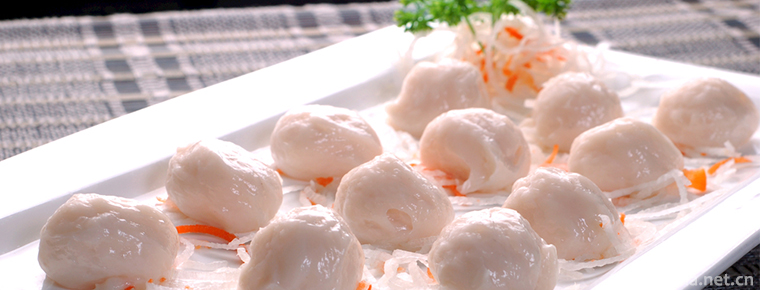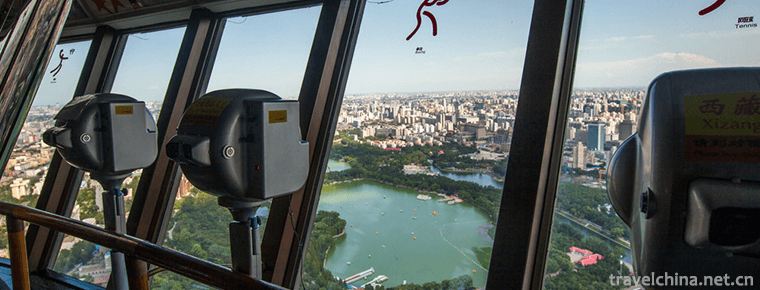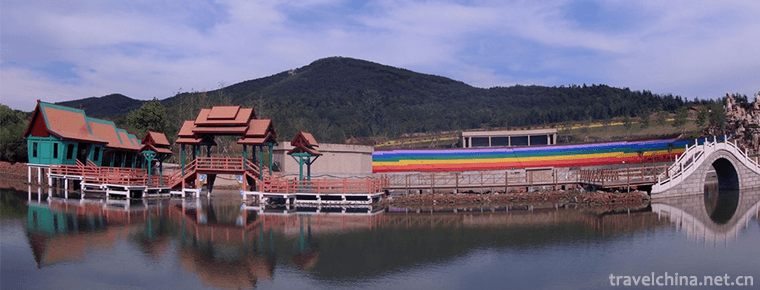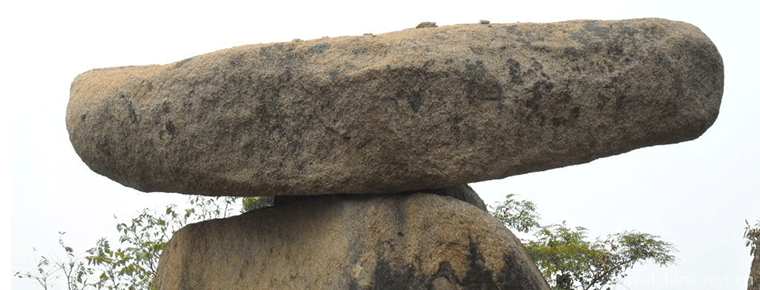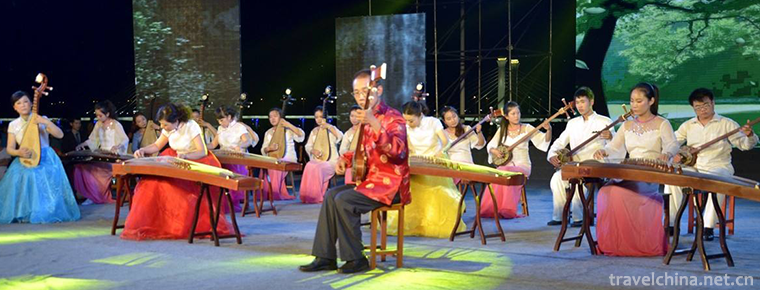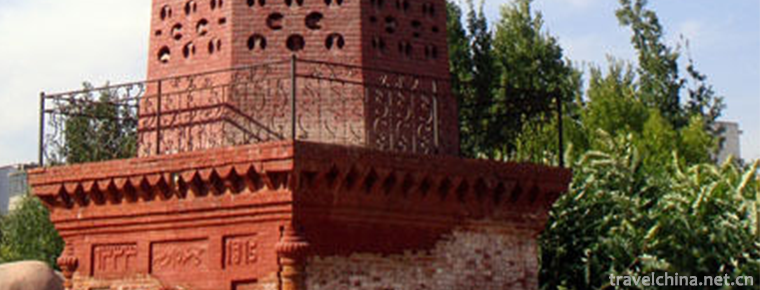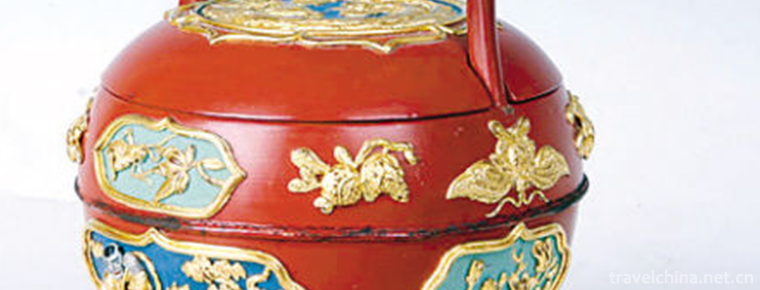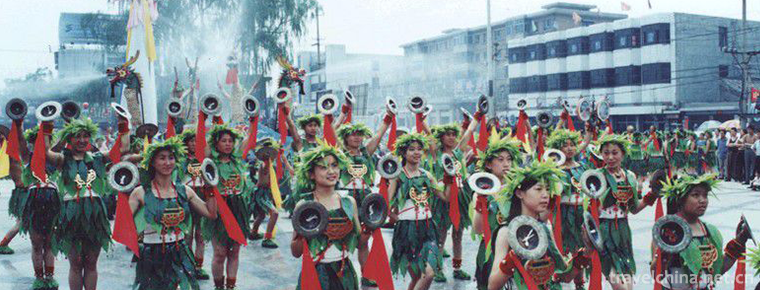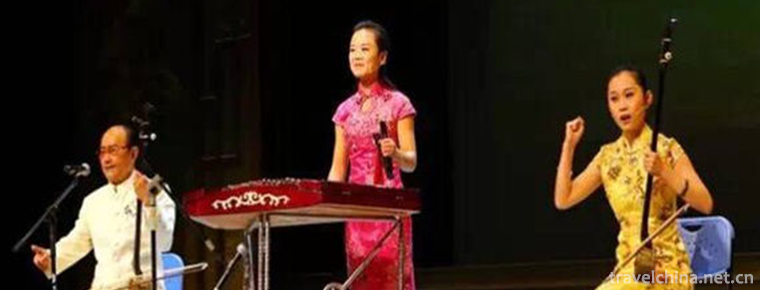Architectural coloured drawing
Architectural coloured drawing
Building painting is a kind of image art, which occupies an important position and unique function in building decoration. It has vivid image, abundant content, observability and practicability, and contains internal and formal appeal. It can not only protect itself from rain, sun and damp, prolong the life of buildings through paint color, but also draw objects, express emotions, touch people's hearts, arouse people's desire and intoxicate them with artistic appeal.
On June 7, 2008, architectural paintings were approved by the State Council to be included in the second batch of national intangible cultural heritage lists.
Historical origin
According to relevant records, "Xia Hou's family is still black", "Yin people are still white" and "Zhou people are still red". In the Book of Rites, it is recorded that the palace buildings of the Zhou Dynasty were decorated with colors such as "Duan Tianzidan, Duke Hei, Doctor Cang, Scholar Kung". And on the court floor with "Dandi" (a red mineral pigment). As for the roofing walls of the residences of princes and doctors, they use "chalk" or "mirage". It's a powder made from shellfish and mixed with water. The mural fragments found by archaeologists at Yin Ruins in Xiaotun, Anyang, Henan Province, have proved that our ancestors set a precedent for decorating murals as early as the Yin and Shang Dynasties. In the Spring and Autumn Period, the paintings of "Danhuan Palace with its barrel carved", "Mountain Festival with algae", "Chang'an Palace in the Han Dynasty with embroidered eyebrows, carved sills with Wenhuan, embroidered algae with algae, and inscribed with Zhuyuan" in the form of colors and lines, applied to buildings, are also glowing with exciting splendor. In Cave 427 of Dunhuang, Gansu Province, there are still three wooden cave corridors in the three years of Kaibao, Taizu of the Song Dynasty (970 A.D.). The pillars and appendices of this building are also painted with Lianzhu, Shulian Lingling Wen and green vermilion. The gardens are dyed green, and the gardens are painted red with variegated flowers. The outer eaves of the corridor are lined with vermilion and decorated in various colors, which is somewhat similar to the deconstruction of green knots in the book "Constructing French Style". Although the paintings of the Notre Dame Temple built in the Jinci Temple in Song Dynasty are severely peeled off, their original colors can also be seen faintly from the remnants. The pillars are painted red, the inner eaves are painted red with variegated beads, and the appendices are red and white, similar to the five-color clothing and miscellaneous clothing stipulated in the Constructive French. The Ming Dynasty did not issue official books on construction, but only such records. In the first month of the ninth year of Hongwu (1376 AD), the provincial minister of Hit Book was appointed as the prince's palace. It was stipulated that "the prince's palace was decorated with vermilion and the room was decorated with blue and green". In the early years of Hongwu, it was stipulated that the prince's palace, the front and rear halls of the main gate of the royal city and the four gate towers were decorated with green dots of gold, the corridors were decorated with green and black, and the four main doors were painted with red paint. Hongwu 26 years (AD 1393) stipulated: "Officials are not allowed to build houses, Xieshan, corner, double eaves, double deuterium and painted algae wells...". Moreover, there are only fragments of records in private works, such as colored paintings, halo, intercolor and polishing, so far, no detailed works describing architectural paintings of the Ming Dynasty have been circulated. China's architectural paintings developed to the Qing Dynasty, and further developed on the basis of inheriting the Ming Dynasty paintings. According to the book "Rules of Qing-style Engineering Practice", there are more than 70 kinds in total. Among them, Soviet-style painting and Hexi (Hexi Wumo) painting were two newly developed practices in Qing Dynasty. Their application scope was also restricted by feudal hierarchy. For example, Hexi painting could only be used in high-level official buildings such as palaces and temples, while Soviet-style painting was mostly used in Royal areas and official residences. As for ordinary people's houses, only painted doors and windows are allowed, and painted paintings are not allowed.
Inheritance significance
The colorful pictures decorated on ancient buildings stimulate people's enjoyment of aesthetic objects. This sense of beauty is the product of a variety of psychological and kinetic activities. It always plays a role in our intuitive ability. Although the objective things existing in the material world have their own specific forms, there is no fixed and unchanged mode of thinking and understanding, and the scope of hunting is also vast. Therefore, when viewing the paintings of buildings, people inadvertently suck the milk of feudal superstition from the theme shown in the pictures, which makes the viewers fascinated. This is what Liu Xie said: "Things have a constant posture, but think without verification, or rate and create the best, or refined alienation." Feudal rulers of past dynasties knew its wonderful use well, so they spent a lot of financial, human and material resources to "prophesy of the poor world and decorate the folk", "beautify its beauty, play with its splendor, first please its ears and eyes, gradually take the lead in righteousness", which made the viewers immerse in their eyes, subtly influence, unconsciously accept the feudal ethics and religious ideas, and be the only subject to consolidate their feudalism. The ruling regime.
In short, the feudal rulers always infiltrated the feudal magic into everyone's material and spiritual life, making the whole feudal society a big dyeing vat for its etiquette education. People's clothing, food, housing, living and ideological awareness must conform to the standards of feudal patriarchal etiquette, and at the same time be fixed by legal provisions. The components of ancient buildings and their painting art are also subject to strict restrictions. Only by following the feudal etiquette system and the permissible scope of the law, can construction be carried out. Because the feudal rulers knew that simply enlightening the behavior norms of ritual production for material life and bringing all aspects of people's life into the orbit of ritual system could not achieve the desired effect, so the feudal rulers of past dynasties could not but resort to the law to make ritual system combine with each other and cause and effect each other, protect the feudal ritual system in the form of law, and promote the law by enlightening the ritual system. With the smooth implementation of the provisions, the feudal etiquette system has a thorough and rigorous legal effect. It implements the feudal social order of "different dignity and inferiority, rich and poor", and enables members of the society to keep their own peace and do their best. Whoever violates etiquette will be severely punished in order to consolidate the feudal autocratic centralized regime.

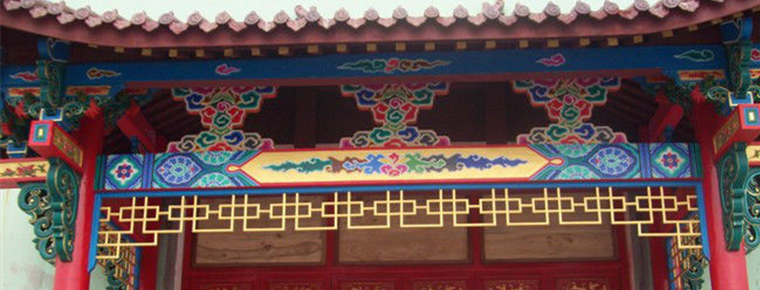
-
Fish Ball
Fish balls, also known as "fish wrapped meat", are mixed up with eel, shark or freshwater fish, mixed with sweet potato starch (* starch), and then wrapped.
Views: 236 Time 2018-11-02 -
Central Radio and Television Tower
The Central Radio and Television Tower, now a national 4A scenic spot, is located on the west side of West Third Ring Road, Haidian District, Beijing. Near the Space Bridge, it faces beautiful Yuyuant.
Views: 141 Time 2018-12-22 -
Jiaying Scenic Spot
Jiayingguan, commonly known as the Longwang Temple of the Yellow River, is located in Jiayingguan Township, Wuzhong County, Jiaozuo City, Henan Province, China.
Views: 118 Time 2019-01-21 -
Taiping Ancient Town Scenic Area
Taiping Ancient Town is located at the junction of Gulin River and Chishui River, 35 kilometers away from Gulin County. Across the river from Xingmin Township in Xishui County, Guizhou Province.
Views: 102 Time 2019-02-13 -
Snow Mountain Rainbow Valley Scenic Area
Xueshan Rainbow Valley Scenic Area is located 3 kilometers east of Yishui County, Shandong Province. It mainly includes Snow Mountain, Dashan and Mashan, with a total area of 2 million square meters..
Views: 107 Time 2019-02-26 -
mount yi
Yashan, also known as "Zou Yashan", "Zou Shan", "Dong Shan", is one of the nine famous historical and cultural mountains in ancient China at an altitude of 582.8 meters. .
Views: 128 Time 2019-03-04 -
Slab headed qu
Nanyang Bantou music is a unique traditional string music. Music and the Central Plains drum tunes (major tunes) with a long history complement each other. They are preludes played in solo and ensembl.
Views: 205 Time 2019-04-03 -
Construction Skills of Russian Nationality Residences
Historically, Tacheng once had the reputation of "Oriental Moscow", which is by no means a historical accident. It has a close relationship with the border trade in the past 150 years.
Views: 344 Time 2019-04-28 -
Ningbo Mud Golden Paint
Ningbo mud gold paint is a local traditional lacquerware process in Zhejiang Province. Chinese raw lacquer is the main raw material. Raw lacquer, also known as big lacquer and real lacquer,.
Views: 122 Time 2019-06-07 -
Wenshui Tiaozi
Wenshui Biaozi is an ancient and unique traditional folk music art spread in Wenshui County, Shanxi Province. It is named for its special copper cymbals commonly known as "Biaozi" in perform.
Views: 143 Time 2019-06-29 -
Xuzhou Qinshu
Xuzhou Qinshu is a kind of opera recognized by Xuzhou local people in Jiangsu Province. Spread in Xuzhou. At first, it was a recreational activity of "playful friends" in the leisure time of.
Views: 308 Time 2019-07-09 -
Anhui Normal University
Anhwei Normal University (Anhui Normal University), known as AHNU, is located in Anhui province. Wuhu City It was founded in 1928, and in the period of the Republic of China. National Anhui University.
Views: 167 Time 2019-10-10
